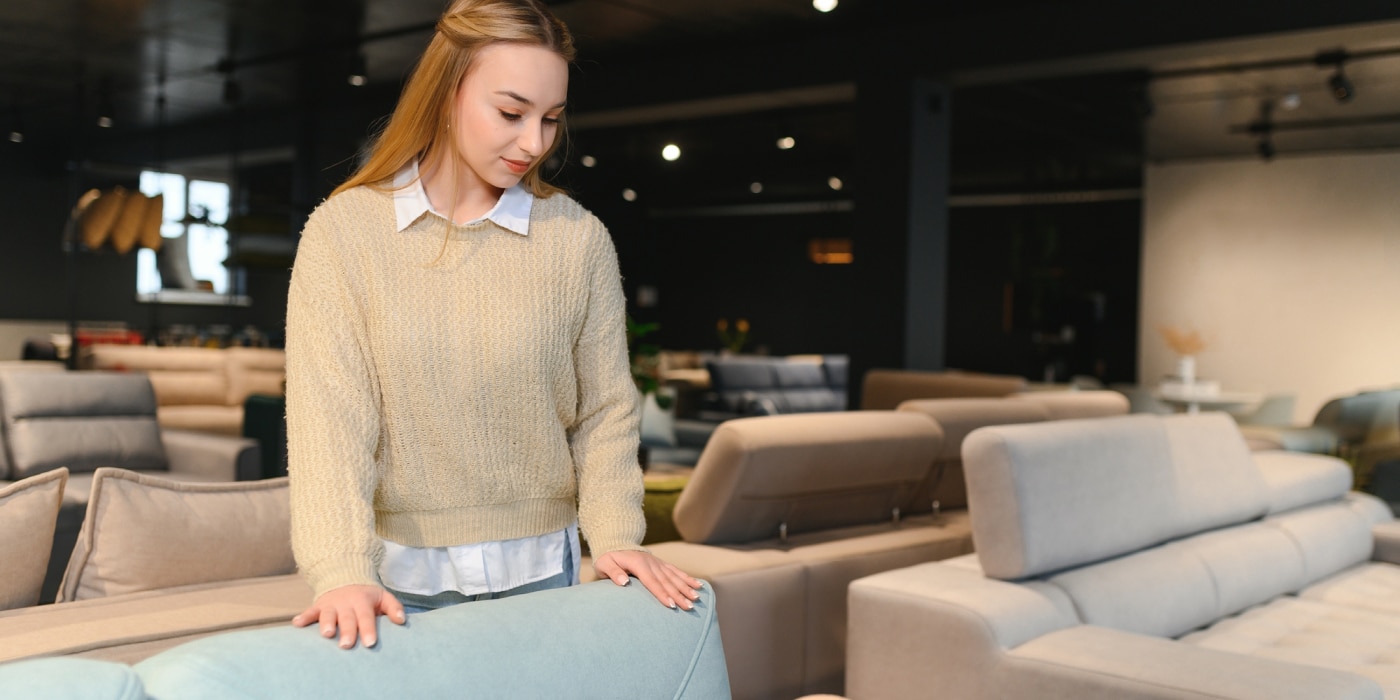Creating Omnichannel Furniture Shopping Experiences
Furniture retailers who once relied solely on expansive showrooms are now embracing omnichannel strategies to meet the demands of today’s consumer. Consumers no longer want to be confined to just one shopping channel; they expect the ability to browse, compare, purchase, and get support whenever and wherever they choose.
As the lines between digital and physical shopping continue to blur, omnichannel retail has emerged as a crucial strategy for boosting customer engagement, increasing sales, and improving customer satisfaction. Furniture retailers are creating cohesive, unified experiences for customers across all touchpoints, allowing customers to move seamlessly between channels, whether they’re browsing websites, using mobile apps, or walking through the furniture showroom.
Here’s a look at how retailers can enhance omnichannel furniture shopping experiences.
Make the In-Store Experience Count
Brick-and-mortar stores are evolving. Stores are blending physical and digital, offering interactive, immersive experiences and fulfillment options. Furniture retailers are turning stores into experience centers where customers can test products and explore designs as well as fulfillment hubs for online order pickups. Ikea is expanding its smaller-format store fleet and opening a new store later this year in Dallas. The new location will offer about 3,200 items in store, including food, for purchase. Customers can order any Ikea products online and pick them up for free or have them delivered for a fee. Ikea has been adopting these new smaller store formats in urban locations as it takes a larger role in last-mile fulfillment and aims to bring a more connected and accessible experience to everyone.

Optimize Inventory Management
Modern consumers expect to know what’s available, where, and when. They don’t want to drive to a store only to find their item is out of stock. Implementing inventory management systems provides transparency, ensures seamless synchronization between online and in-store stock levels, and speeds up purchasing decisions. Real-time inventory tracking helps sales associates provide customers with up-to-date product availability information, whether the item is in-store, available for online ordering, or stocked at a nearby warehouse.
Instead of relying on time-consuming manual processes, retailers are implementing inventory management systems that can help them track inventory and accurately forecast future demand. Mathis Home is implementing technology to automate and optimize inventory planning processes and improve its forecasting capabilities. The furniture retailer hopes to improve and accelerate decision-making and increase agility. Optimized inventory levels can help minimize costly overstock, mitigate out-of-stock disappointments, and reduce delivery delays.
Enhance Mobile Shopping
Many furniture retailers are incorporating augmented reality and 3D visualization tools into their websites and mobile apps, allowing consumers to visualize how furniture will look in their own homes before making a purchase. This technology not only enhances the mobile shopping experience but also helps bridge the gap between online browsing and in-store purchases. With the ability to visualize products in their homes, customers are more likely to feel confident in their purchasing decisions, leading to increased sales and customer satisfaction.
Joybird recently launched its free 3D Space Planner design experience for mobile devices. The tool’s augmented reality technology allows customers to visualize how furniture would look and fit in their own homes, while the Space Planner view lets customers access previous room designs and share them with Joybird associates or friends and family. Shoppers can also browse the furniture retailer’s catalog of colors, materials and styles using their phones. For Joybird, the expansion of its 3D furniture visualization tool allows shoppers to stay more connected to its associates and engage with designs on the go.

Provide Flexible Delivery and Returns
A critical part of the omnichannel experience is a flexible delivery and returns system. Furniture retailers offer various options such as home delivery, curbside pickup, and extended return windows to provide customers with more convenience. Offering white-glove delivery and assembly services can further enhance convenience and customer satisfaction. Coordinating deliveries and furniture assembly requires careful orchestration. Adopting delivery and field service orchestration tools helps retailers automatically allocate resources and schedule and synchronize tasks, maximizing productivity and efficiency.
Ikea is testing new do-it-yourself delivery options at several stores in Europe. Aimed at urban shoppers without cars, rentable eco-friendly transport options are available including renting a trolley for short-distance walking or bus travel, an electric four-wheel bike with a storage box, an electric cargo bike, and an electric trailer that can be pulled by hand or attached to a bike. Ikea is also upgrading its locker pick-up model in several European locations, allowing customers to pick up orders 24/7 from external modular lockers, making it easier to pick up orders at a time and place that suits them.
As consumers increasingly expect seamless transitions between online and in-store experiences, furniture retailers are adopting new strategies to strengthen their omnichannel capabilities. By embracing digital tools, optimizing inventory, and offering flexible delivery options, furniture retailers can create a holistic and engaging shopping journey that meets the demands of shoppers no matter where or how they shop.
For more information about how our delivery and field service management solution can help you manage your delivery and field service operations more efficiently, please contact info@bringoz.com.
